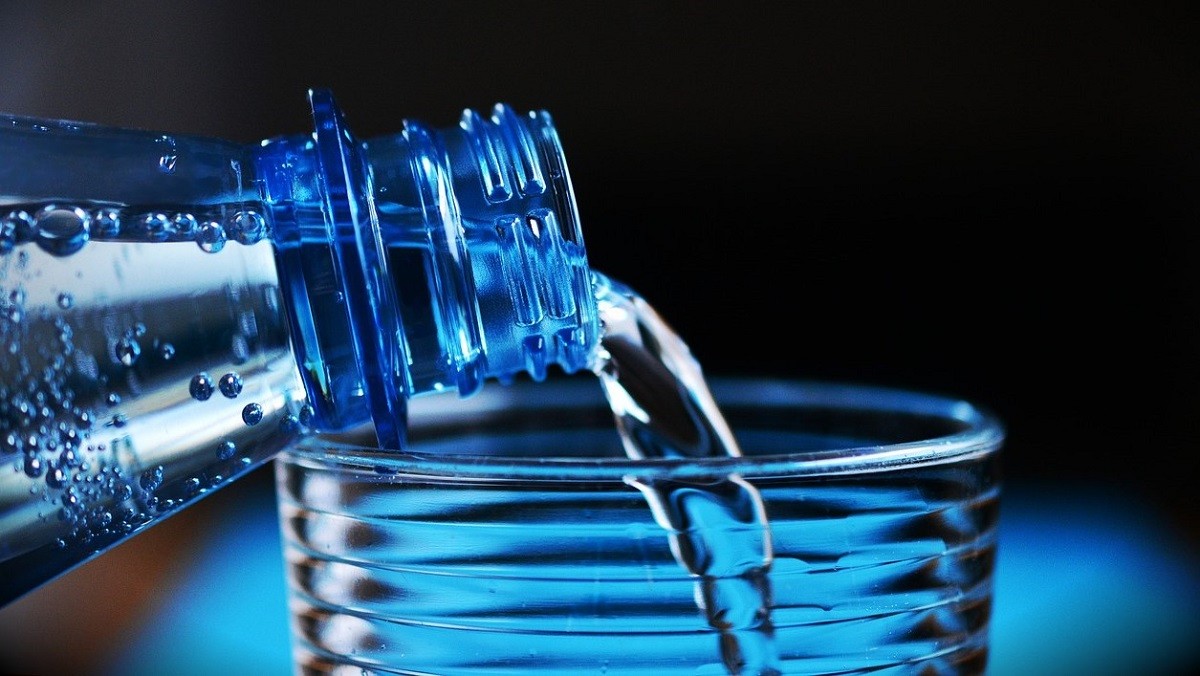
How much microplastic is in tap water?
Microplastics in Tap Water: A Hidden Problem
The issue of microplastics has garnered increasing attention in recent years, particularly in relation to marine pollution and its impact on marine life. Less well-known but equally concerning is the presence of microplastic particles in tap water. Despite high standards for drinking water quality in many countries, microplastics present a challenge that is not yet fully understood or controlled.
What Exactly Is Microplastic and How Does It Get into Tap Water?
Microplastics are plastic particles smaller than five millimeters. They result from the breakdown of larger plastic items or are directly used as microbeads in products such as cosmetics and cleaning agents. These particles can enter the water supply through various routes, including runoff rainwater, wastewater treatment plants, and industrial processes.
The Concentration of Microplastics in Tap Water
The amount of microplastics in tap water varies significantly depending on the region, quality of water treatment, and source of the water. Studies have shown that in some cases, substantial amounts of microplastics have been found in tap water, raising concerns about water quality and potential health risks.
Studies and Research Findings on Microplastics in Drinking Water
Research on microplastics in tap water is relatively new, but some studies have already provided insightful results. For example, investigations in several countries have found that a significant number of drinking water samples contain microplastics. Concentrations vary, but the presence of these particles in drinking water sources is undeniable.
Impacts of Microplastics in Drinking Water
While research into the direct health effects of microplastics is still in its early stages, there are valid concerns about potential long-term consequences. Microplastics can carry harmful chemicals and pathogens that, if ingested, could lead to health issues.
What Can Be Done About Microplastics in Tap Water?
Efforts to reduce microplastic concentrations in drinking water are needed at both global and individual levels. Improvements in wastewater treatment, stricter regulations on plastic production and consumption, and the use of household filters that effectively remove microplastics are crucial steps.
Conclusion
The presence of microplastics in tap water is a serious issue that affects both the environment and human health. While research continues to explore ways to address this problem, it is important for everyone to adopt a more conscious approach to plastics and take measures to protect and clean our water supply.
